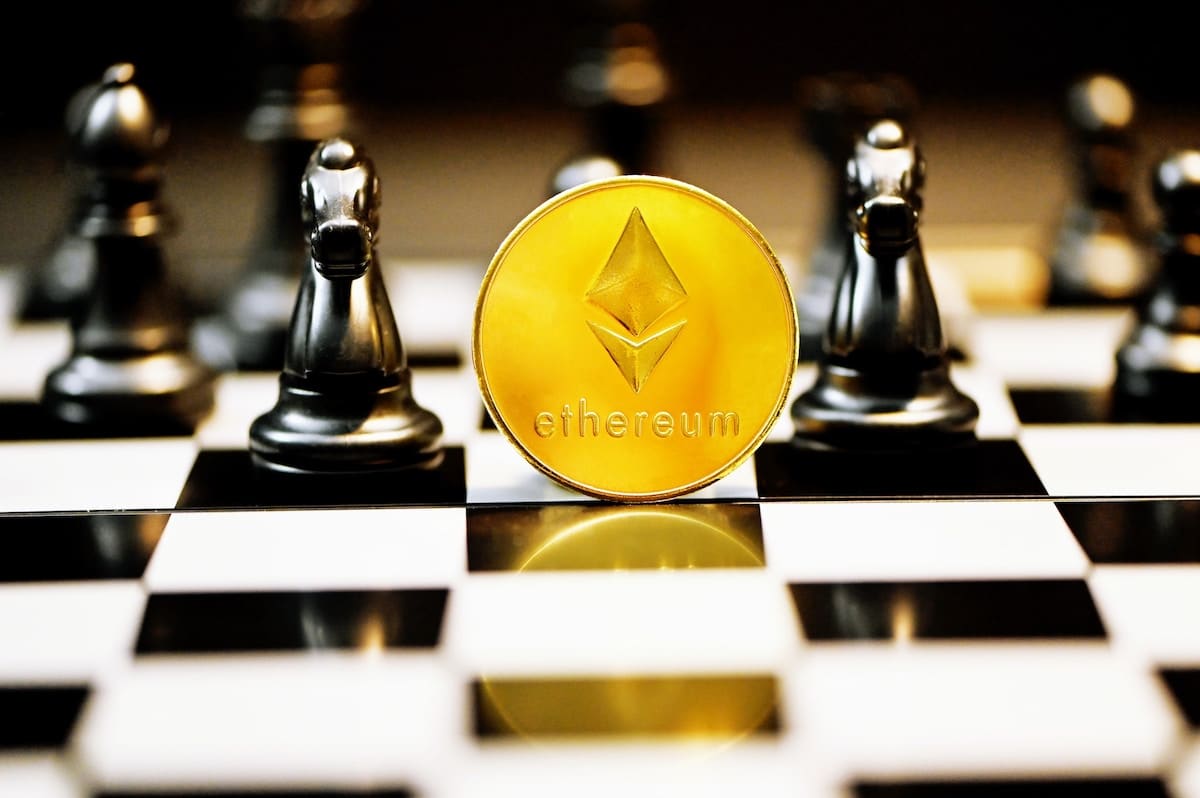Discover the intricate realm of blockchain platforms through a detailed comparison of Ethereum and other top contenders. Delve into their unique features, scalability, security, and future potential in shaping the digital landscape. While Ethereum continues its comparison against other blockchains, platforms such as Ethereum Code offer in-depth analyses of its trading trends and also useful trading resources and tools.
The Contenders: Other Top Blockchain Platforms
While Ethereum stands at the forefront of blockchain innovation, it’s essential to recognize the array of other top-tier blockchain platforms that have emerged, each with its unique characteristics and objectives. These platforms have not only carved their niches but have also contributed significantly to the evolution of the blockchain landscape. Let’s delve into a comprehensive exploration of some of these contenders:
Bitcoin, the pioneer of blockchain technology, remains an unparalleled force in the cryptocurrency realm. Primarily serving as a digital currency, it introduced the concept of a decentralized and trustless peer-to-peer financial system. Despite its focus on transactions and store of value, Bitcoin’s scripting language is limited, offering fewer possibilities for advanced smart contracts and applications.
With its roots in the Binance ecosystem, BSC offers an alternative blockchain platform known for its high speed and low transaction fees. Catering to developers and users seeking faster transaction confirmation times, BSC utilizes a delegated proof-of-stake (DPoS) consensus mechanism. This platform’s architecture aims to provide a seamless experience for decentralized applications, especially those requiring swift execution.
Solana has gained attention for its remarkable scalability and high throughput capabilities. Built to support decentralized applications and crypto-currencies, Solana employs a unique proof-of-history (PoH) consensus combined with a proof-of-stake (PoS) mechanism. This combination enhances security and prevents network congestion, making it a suitable choice for resource-intensive applications.
Cardano places a strong emphasis on research-driven development and peer-reviewed methodologies. Its blockchain platform is designed with layers to facilitate scalability, sustainability, and interoperability. Cardano’s Ouroboros proof-of-stake protocol ensures energy efficiency and security, catering to those concerned about the environmental impact of blockchain technology.
Polkadot takes a novel approach by focusing on blockchain interoperability. Its multi-chain architecture enables various blockchains to interoperate and share information. Polkadot’s innovative consensus mechanism, Nominated Proof-of-Stake (NPoS), involves token holders in the network’s governance, fostering a sense of decentralization and inclusivity.
Comparative Metrics
In the competitive landscape of blockchain platforms, a comprehensive evaluation of comparative metrics is imperative to understand their strengths, weaknesses, and potential for future growth. As we embark on this journey, we will delve into key aspects that differentiate these platforms, shedding light on their scalability, security, and smart contract capabilities.
The scalability of a blockchain platform is a critical factor in determining its efficiency and effectiveness as it grows. Ethereum, while revolutionary, has faced scalability challenges due to its proof-of-work (PoW) consensus mechanism. This has led to issues like network congestion and high gas fees during periods of peak demand. However, Ethereum’s anticipated transition to proof-of-stake (PoS) and the implementation of solutions like EIP-1559 and Ethereum 2.0 are poised to address these limitations.
Other platforms have taken distinct approaches to scalability. Solana, for instance, employs a unique combination of proof-of-history (PoH) and proof-of-stake (PoS) mechanisms, enabling it to process thousands of transactions per second without compromising security. Binance Smart Chain focuses on speed and low fees, catering to applications that prioritize swift transaction confirmations. These varied scalability solutions reflect the platforms’ commitment to adapting to the demands of a rapidly evolving ecosystem.
The security and decentralization of a blockchain platform are paramount to its trustworthiness and resilience. Ethereum’s transition to PoS is not only driven by scalability concerns but also by the aim to enhance security and reduce energy consumption. PoS mechanisms, as employed by Ethereum and Cardano, rely on validators who have a stake in the network, incentivizing them to act honestly.
Bitcoin, utilizing PoW, has maintained a robust security model over the years, but it comes at the cost of high energy consumption. Binance Smart Chain’s DPoS consensus mechanism sacrifices some decentralization for speed and efficiency. Each platform’s chosen consensus mechanism reflects a delicate balance between security, decentralization, and scalability, catering to different priorities within the blockchain ecosystem.
Smart contracts, the cornerstone of blockchain applications, empower platforms to execute automated agreements without intermediaries. Ethereum’s Turing-complete language, Solidity, has enabled a diverse array of decentralized applications, from decentralized finance (DeFi) protocols to non-fungible token (NFT) marketplaces.
Comparatively, platforms like Cardano have emphasized formal methods and rigorous testing to ensure smart contract security. Polkadot introduces a unique approach by allowing parachains (individual blockchains) to be specialized for specific use cases, thereby enhancing efficiency and reducing bloat in the network.
Conclusion
In the dynamic arena of blockchain platforms, Ethereum shines as a trailblazer, yet faces stiff competition. This analysis underscores its significance while acknowledging the diverse blockchain ecosystem. Embrace the future possibilities these platforms offer, propelling us into an era of decentralized innovation.


